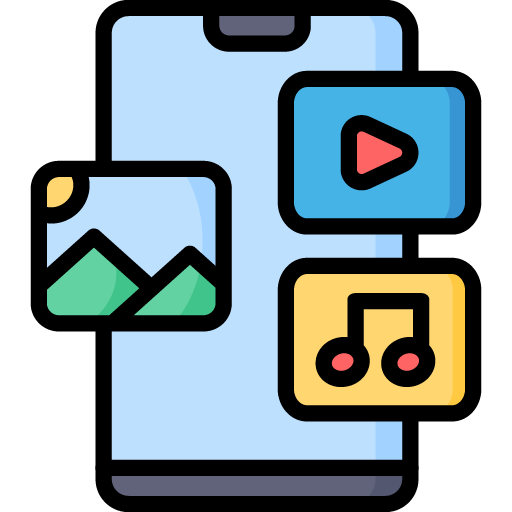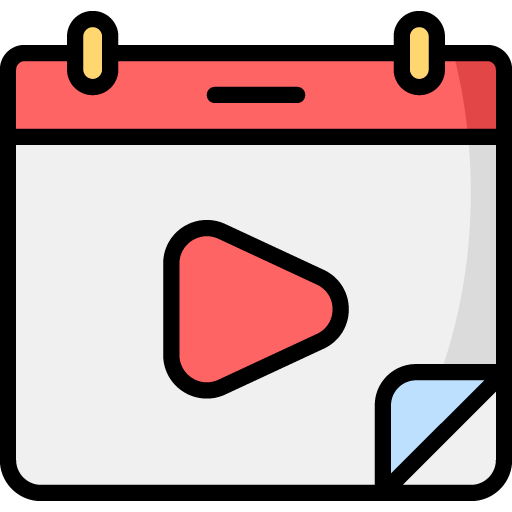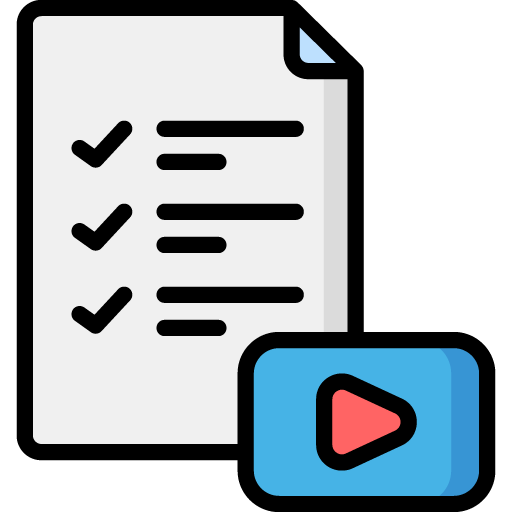Introduction
In the fast-paced world of YouTube, consistent and strategic content planning is essential for growth. It’s not just about uploading videos regularly but ensuring each piece of content aligns with your audience’s interests and your channel’s goals. The secret to effective content planning lies in leveraging the right tools and software. From ideation to publishing, various platforms can streamline your workflow, optimize your strategy, and enhance your productivity.
In this guide, we’ll explore some of the best content planning tools and software to help you stay organized, efficient, and ahead of the curve. Whether you’re managing a growing channel or just starting, these tools can transform how you plan and execute your content strategy.
Content Planning Tools and Software
Overview of Tools and Software That Can Assist in Planning and Organizing Your YouTube Content
1. Spotter Studio – A Powerful Tool for Creators
Before diving into other tools, let’s talk about Spotter Studio. As a partner, we’ve seen how their platform supports creators with advanced analytics and insights. Spotter Studio helps you understand what’s working on your channel, identify content opportunities, and plan more strategically. Their tools empower you to focus on creating compelling videos that resonate with your audience.
Get a 2 Week free trial by clicking on this link: https://partner.spotterstudio.com/nlakzd9alk1k
2. Project Management Tools for Content Planning
Keeping track of video ideas, production schedules, and deadlines can quickly become overwhelming. Project management tools simplify this process by providing a centralized platform for task management, collaboration, and progress tracking.
a. Asana
Best for: Managing multiple projects and team collaboration.
Features:
- Task assignment and tracking.
- Custom workflows for video production stages (scripting, filming, editing, publishing).
- Calendar views to visualize content schedules.
Why Use It: Asana’s timeline and board views make it easy to manage both short-term tasks and long-term video projects, ensuring nothing falls through the cracks.
b. Trello
Best for: Visual content planning with boards and cards.
Features:
- Kanban boards for organizing video ideas by stages (To-Do, In Progress, Completed).
- Power-ups for calendar integration and automation.
Why Use It: Trello’s drag-and-drop system is intuitive, making it ideal for creators who prefer a visual approach to planning.
c. ClickUp
Best for: Comprehensive project management with custom views.
Features:
- Docs, tasks, and chat in one place.
- Goal tracking and timelines for YouTube growth.
Why Use It: ClickUp’s all-in-one approach helps manage everything from brainstorming to publishing.
Click here to sign up for clickup: https://try.web.clickup.com/3heq3bz2tjsa
3. Content Ideation and Research Tools
Finding content ideas that resonate with your audience is crucial for sustained growth. The following tools simplify keyword research, trend analysis, and audience insights.
a. TubeBuddy
Best for: YouTube-specific keyword research and optimization.
Features:
- Keyword Explorer for finding high-traffic, low-competition keywords.
- SEO Studio to optimize titles, tags, and descriptions.
- A/B testing for thumbnails and titles.
Why Use It: TubeBuddy’s browser extension integrates directly with YouTube, providing actionable insights as you upload videos.
b. VidIQ
Best for: Competitor analysis and trend discovery.
Features:
- Keyword research with volume and competition scores.
- Competitor tracking to see what’s working in your niche.
- Real-time analytics to identify trends early.
Why Use It: VidIQ helps you stay ahead by spotting trending topics before they peak.
c. AnswerThePublic
Best for: Finding content ideas based on search queries.
Features:
- Visual maps of popular questions around a keyword.
- Suggestions for long-tail keywords.
Why Use It: It’s an excellent tool for generating topic ideas that align with what people are actively searching for.
4. Scripting and Writing Tools
Clear and engaging scripts can significantly impact audience retention. Here are some tools that make the scripting process smoother.
a. Google Docs
Best for: Collaborative scriptwriting.
Features:
- Real-time collaboration with comments and suggestions.
- Integration with project management tools like Asana.
Why Use It: Its simplicity and accessibility make it a go-to for scriptwriting, especially for teams.
b. Scrivener
Best for: Long-form scripts with complex structures.
Features:
- Corkboard view for rearranging sections easily.
- Research storage for keeping notes and references.
Why Use It: Ideal for creators who need to organize extensive scripts or research-heavy videos.
5. Content Scheduling and Automation Tools
Scheduling videos at optimal times ensures maximum reach and engagement. These tools simplify scheduling across YouTube and other platforms.
a. Buffer
Best for: Cross-platform scheduling and analytics.
Features:
- Social media calendar for planning YouTube posts.
- Analytics to track performance and adjust timing.
Why Use It: Buffer’s user-friendly dashboard makes it easy to schedule posts and assess what’s working.
b. CoSchedule
Best for: Integrated marketing campaigns.
Features:
- Headline Analyzer for catchy YouTube titles.
- Content calendar for planning videos and related social media posts.
Why Use It: CoSchedule’s detailed analytics and optimization tools help maximize the impact of each video.
6. Analytics and Optimization Tools
Understanding which videos perform well and why is key to refining your strategy. These tools help analyze performance and optimize future content.
a. YouTube Studio
Best for: Built-in analytics directly from YouTube.
Features:
- Metrics like watch time, audience retention, and click-through rates.
- Demographics and traffic sources.
Why Use It: It’s free and offers comprehensive data for understanding what resonates with your audience.
b. Google Analytics
Best for: Tracking traffic from YouTube to your website.
Features:
- Source tracking to see which videos drive website visits.
- Goals and conversions to measure the impact of video CTAs.
Why Use It: Great for channels that direct traffic to external sites.
7. Graphic and Thumbnail Design Tools
Eye-catching thumbnails and graphics are crucial for attracting clicks. These tools simplify design even if you’re not a professional.
a. Canva
Best for: Easy-to-use templates for thumbnails and channel art.
Features:
- Drag-and-drop editor with customizable templates.
- Brand kit for consistent visuals.
Why Use It: Canva’s templates and elements make it easy to create professional-looking graphics.
b. Adobe Spark
Best for: Animated graphics and video thumbnails.
Features:
- Motion graphics for thumbnails to increase click-through rates.
- Integration with Adobe Creative Cloud.
Why Use It: Ideal for channels that want to stand out with dynamic visuals.
8. AI-Powered Tools for Content Planning
AI is transforming how creators plan and optimize content. These tools provide insights based on data-driven algorithms.
a. Jasper AI
Best for: AI-assisted scriptwriting and content ideas.
Features:
- Blog and video script templates.
- AI-generated content based on keywords.
Why Use It: Jasper’s ability to generate ideas and scripts quickly can streamline your planning process.
b. Lumen5
Best for: Turning blog posts into video content.
Features:
- AI selects key points and generates scenes.
- Stock footage and music library.
Why Use It: Perfect for repurposing existing content into engaging videos.
Conclusion
Mastering content planning for YouTube requires the right mix of creativity and strategy. With these tools and software, you can streamline your workflow, generate fresh ideas, and optimize your videos for maximum impact. Investing time in selecting and learning these tools can make a significant difference in your channel’s growth.
Start exploring these tools today and watch your YouTube content strategy transform!







 Edit Your Footage
Edit Your Footage
Leave a Reply